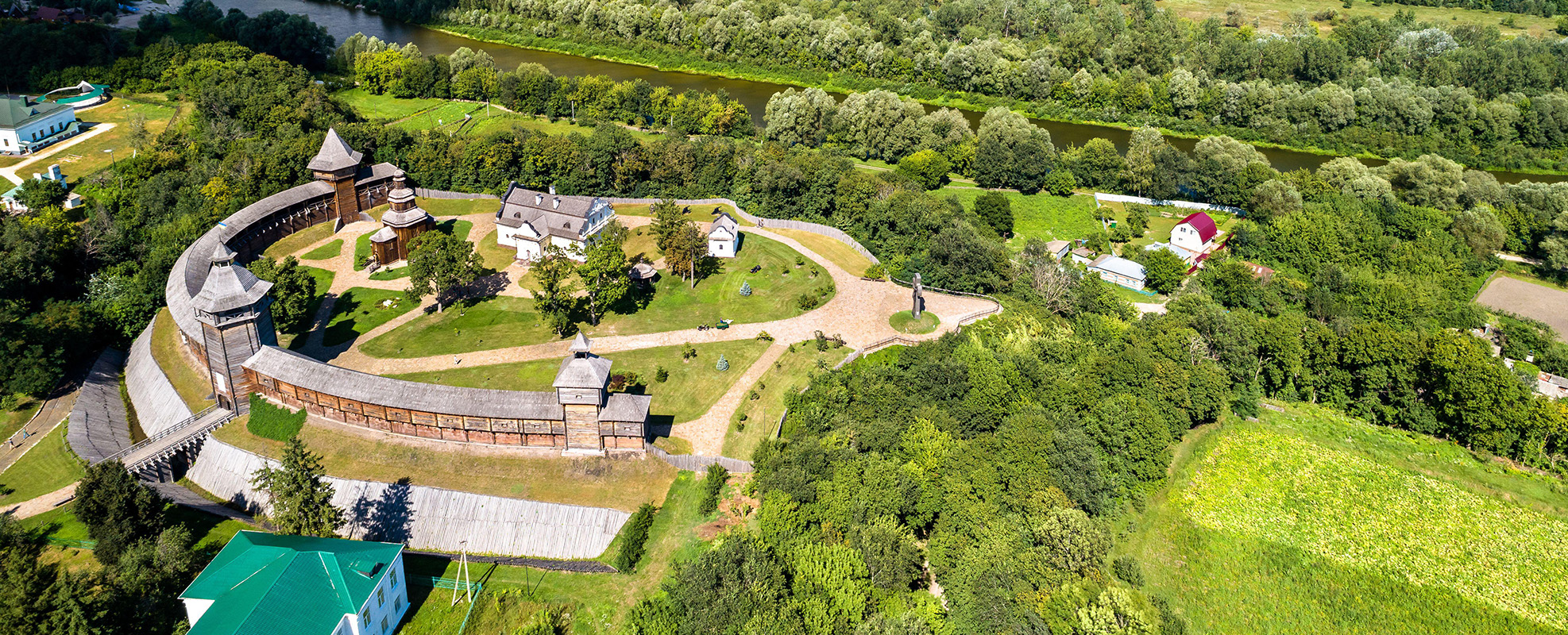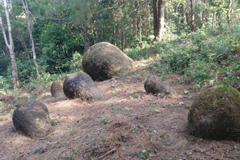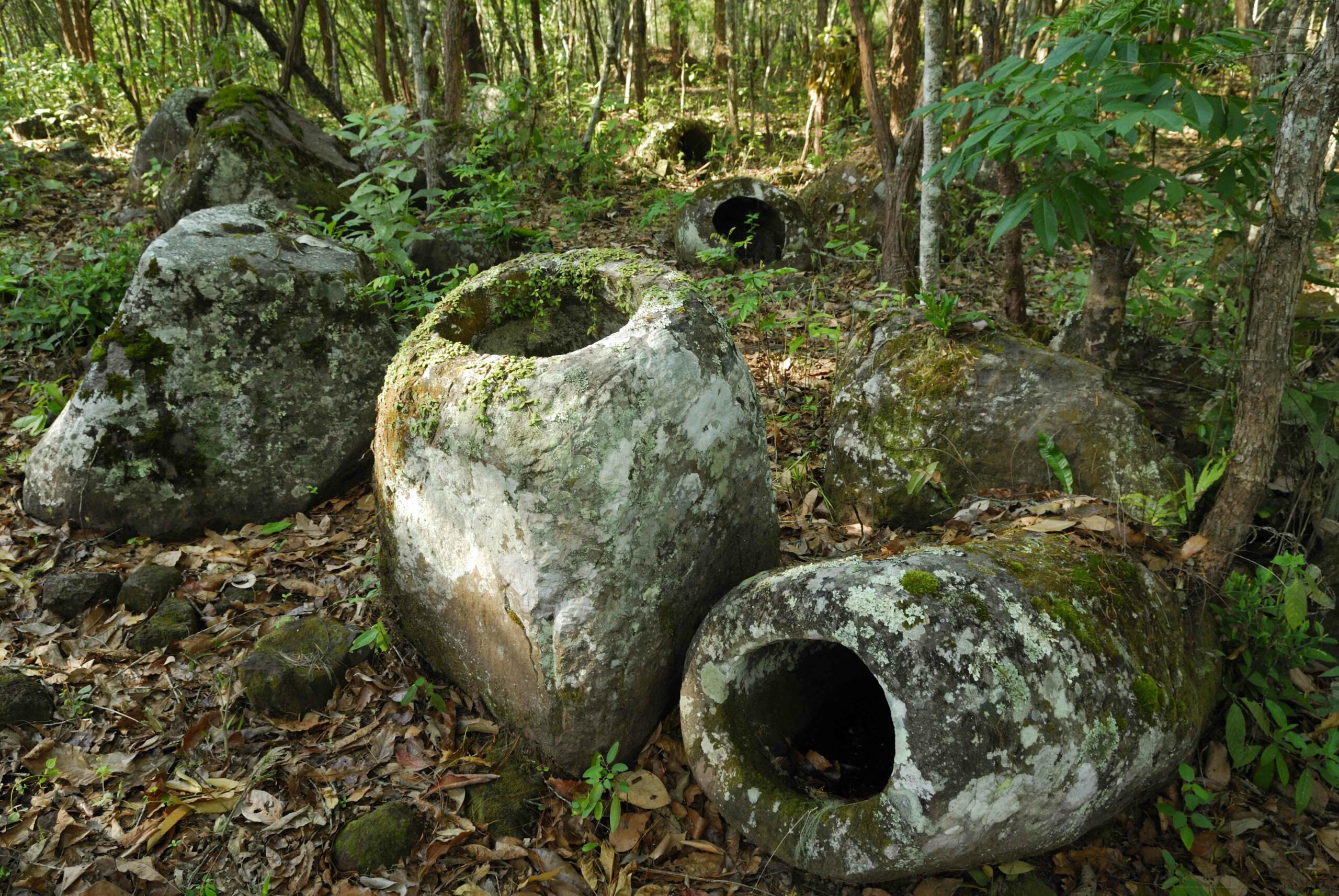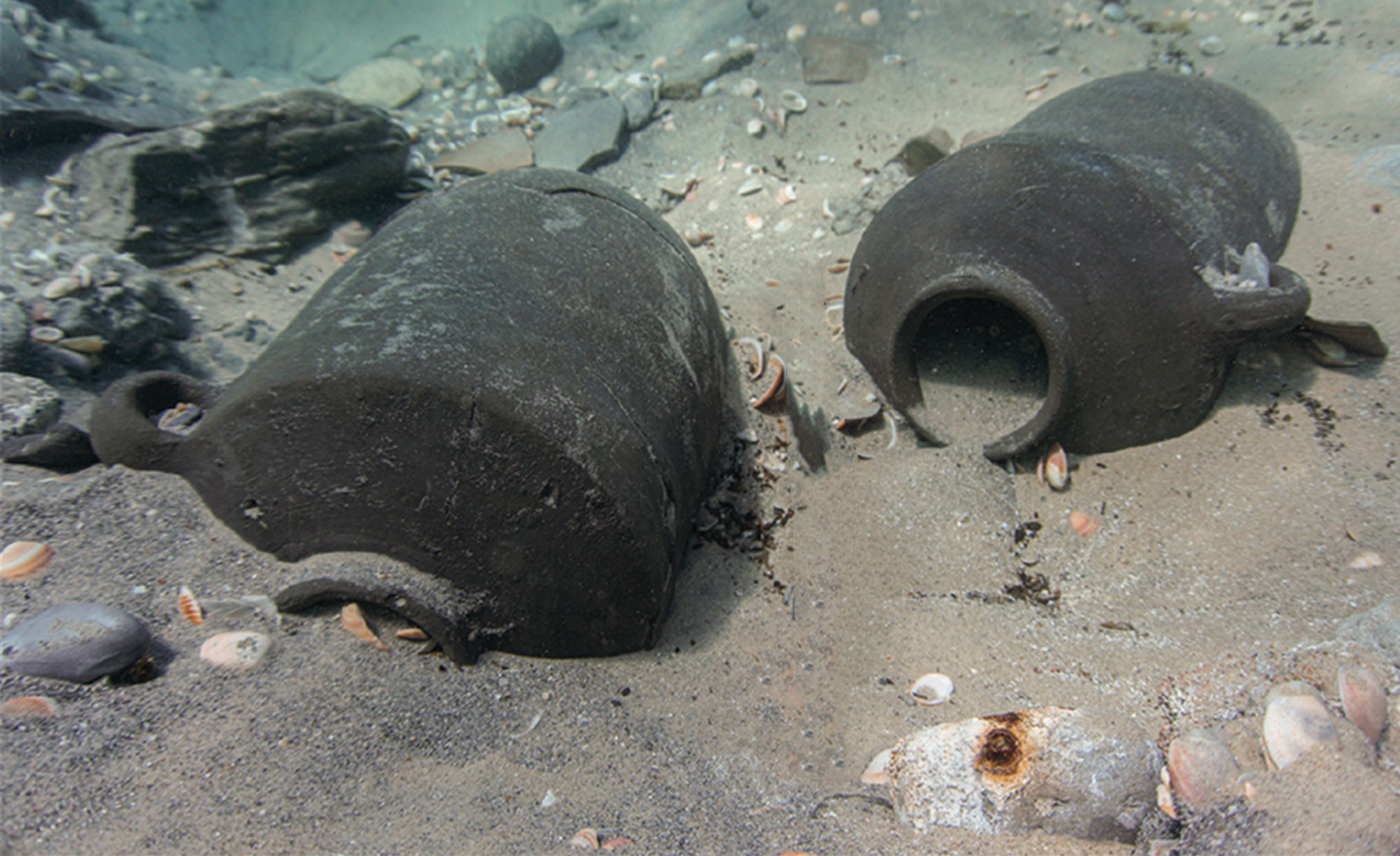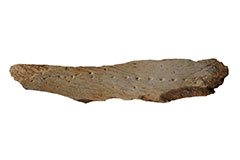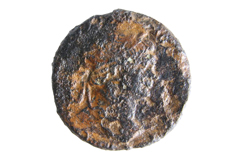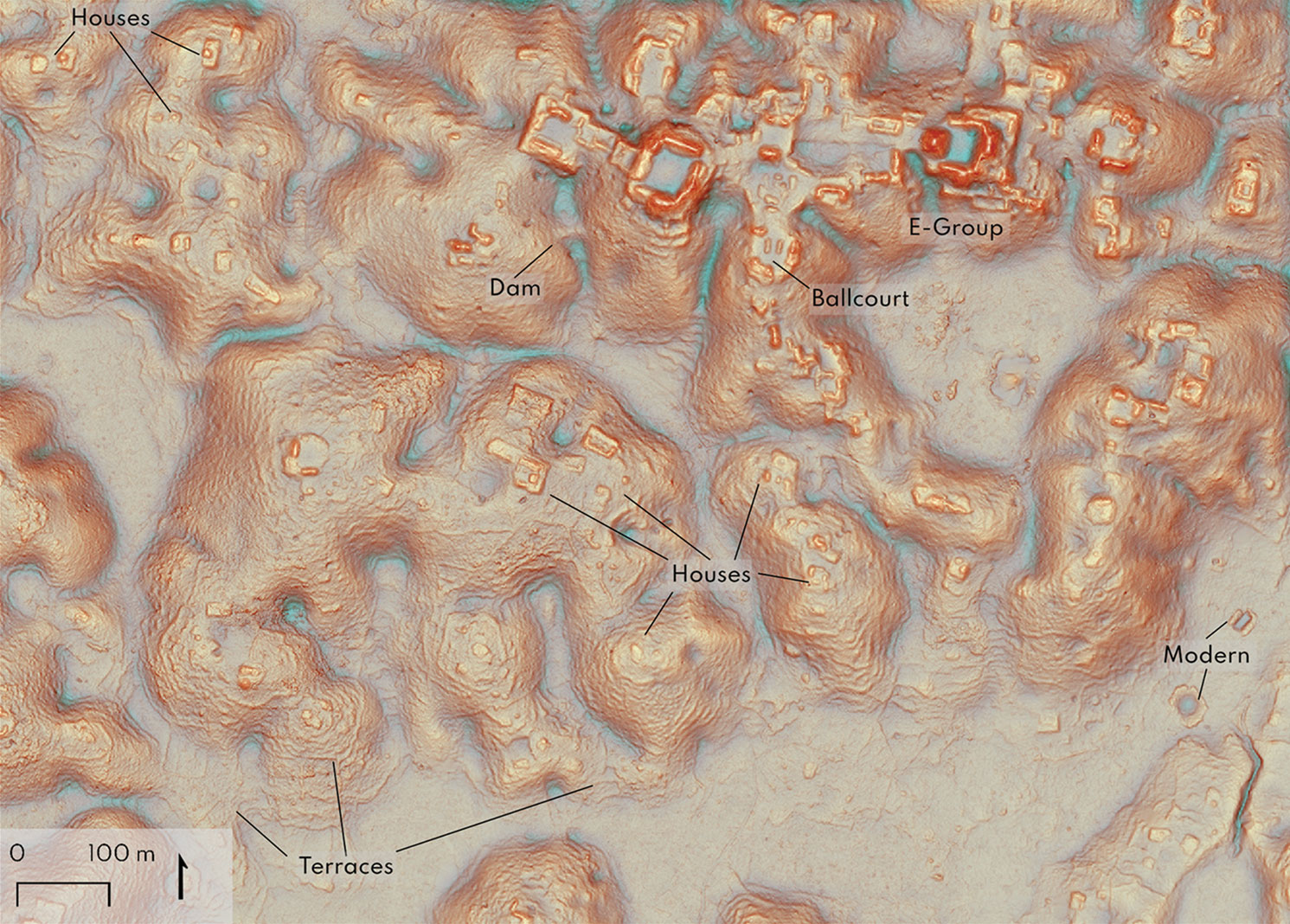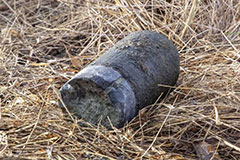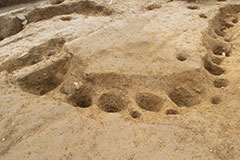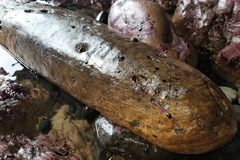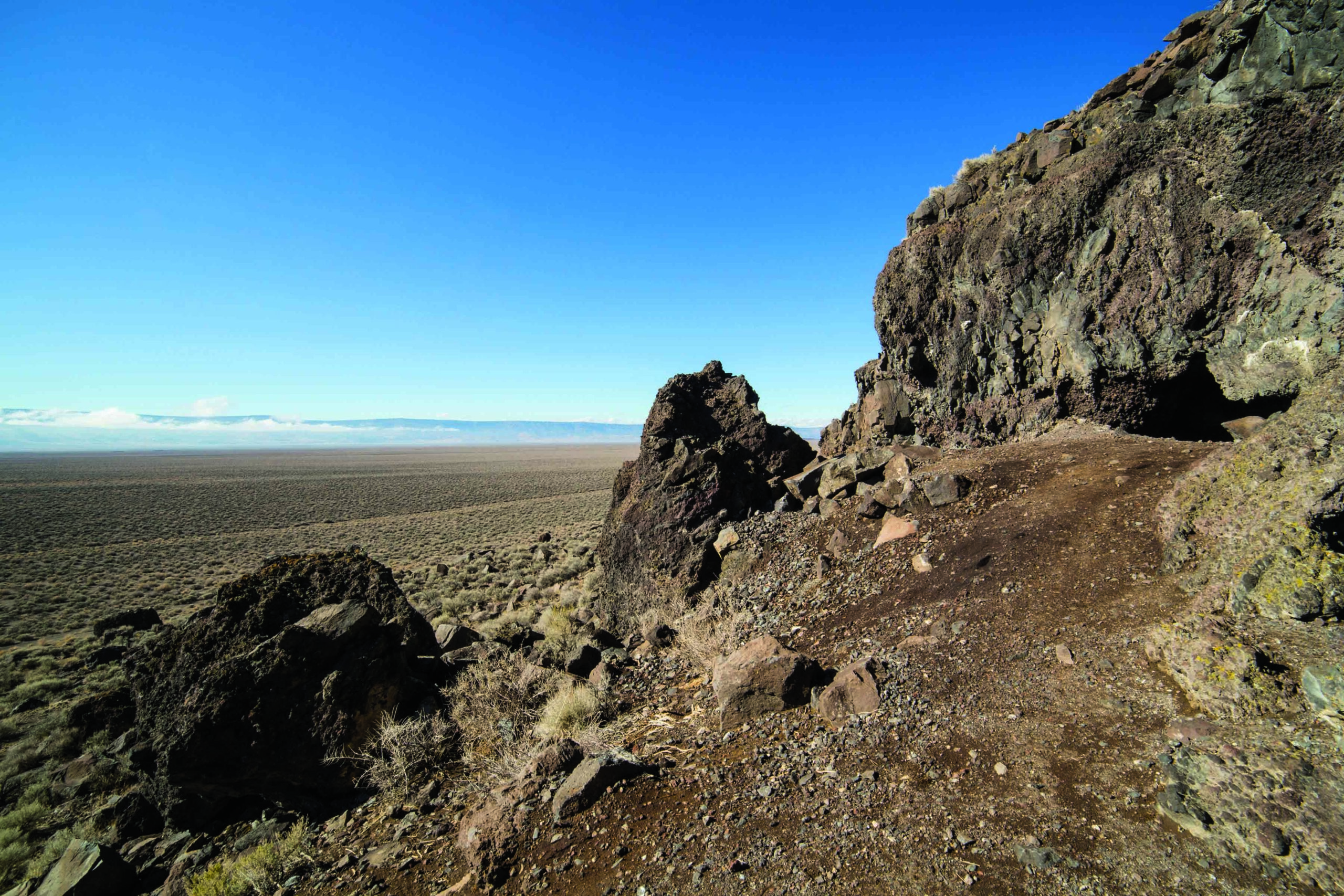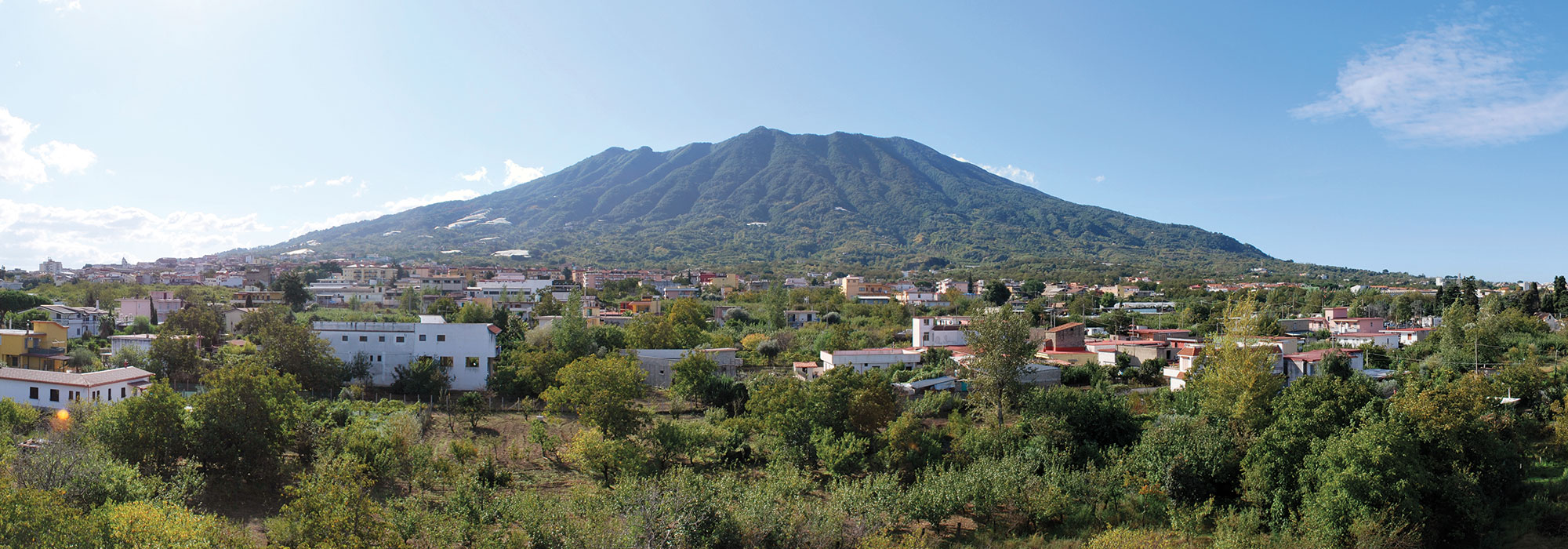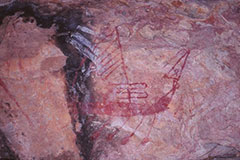
AUSTRALIA

AUSTRALIA: Two examples of Aboriginal rock art from Awunbarna, Arnhem Land, are now believed to represent rare images of Indonesian sailing vessels. The illustrations depict watercraft with triangular flags, pennants, and prow adornments typical of fighting ships used in the Maluku Islands. It’s not known how the artist would have encountered the foreign vessels—perhaps through trade or slave raids—but the discovery implies that there was contact between Aboriginal communities in northern Australia and inhabitants of eastern Indonesia around 300 years ago, a relationship that was previously unknown.
Related Content

THE PHILIPPINES

THE PHILIPPINES: It’s difficult to ascertain how long humans have used plant materials to make textiles, ropes, and baskets since these objects rarely survive in archaeological contexts. However, microscopic imaging of 39,000-year-old stone tools from the Tabon Caves identified plant residues and wear patterns likely caused when hard bamboo or palm stalks were stripped into pliable fibers that were easier to weave or tie. This is by far the earliest known evidence of people manipulating plants in Southeast Asia.
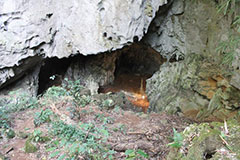
LAOS

LAOS: When modern humans first journeyed toward Australia, they stopped for a period in northern Laos. Luminescence dating of sediments in Tam Pà Ling Cave that contain human bones indicates that Homo sapiens arrived in Southeast Asia between 86,000 and 68,000 years ago, tens of thousands of years earlier than previously thought. The new research also suggests that people traveled not only along coastal routes and seaways but along inland river valleys as well.
Related Content
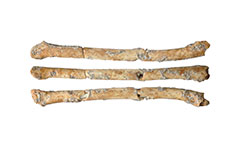
ISRAEL

ISRAEL: Implements that mimic the sounds of birds are frequently used in hunting to lure prey. Such devices have been around for at least 12,000 years. Seven flutes found at the Natufian site of Eynan-Mallaha are thought to be the world’s oldest such birdcalls. The objects were made from the bones of teals and coots, and when played they imitate the high-pitched screeching of kestrels and sparrow hawks. Archaeologists believe these instruments were used to draw birds close during hunting expeditions or to communicate with them.
Related Content
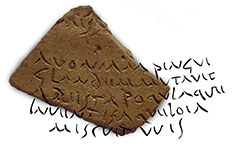
SPAIN

SPAIN: Roman oil amphoras were frequently marked with information specifying their contents or manufacturer. Thus, an 1,800-year-old ceramic amphora fragment from Hornachuelos, Córdoba, etched with writing was originally considered nothing special. However, closer examination revealed it had been engraved with two verses of a poem written by Virgil, the first time any works of Rome’s most celebrated poet have been found on an amphora. Fittingly, the lines were taken from Virgil’s Georgics, a work dedicated to agriculture and rural life.
Related Content

THE NETHERLANDS

THE NETHERLANDS: A large 4,000-year-old sanctuary outside the town of Tiel that once served as a gathering place for sacrifices, rituals, and feasts is being hailed as the “Dutch Stonehenge.” The complex consists of a series of earthen mounds aligned with the sun’s position on the winter and summer solstices. The largest mound was once surrounded by a series of wooden poles that likely formed a solar calendar. Archaeologists uncovered human burials, animal skulls, and more than a million artifacts during recent excavations at the site.
Related Content
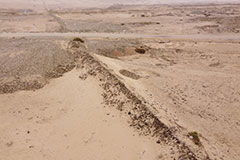
PERU

PERU: The Chimú civilization had a long-standing conflict with their neighbors the Incas, resulting in the 15th-century Chimor-Inca War. It had been thought that the Chimú built a 6-mile-long, 8-foot-high earthen wall across the desert that separated their territories to protect against Inca invasions. New research on the wall, known as the Muralla La Cumbre, has determined that it was actually constructed centuries earlier, around 1100, to keep floods caused by El Niño weather cycles from ravaging the Chimú’s fields.
Related Content
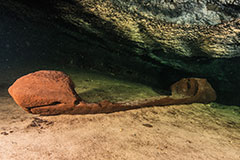
MEXICO

MEXICO: Divers investigating a cenote near San Andrés, Yucatán, were surprised to discover a Maya canoe resting on the bottom. The 7-foot-long vessel was surrounded by partial skeletal remains of a woman and several animals, including an armadillo, a dog, a turkey, and an eagle. Analysis of the canoe’s design indicated that it was not quite seaworthy. Instead, it was likely created for ritual purposes and deposited in the sinkhole as an offering in the 16th century.
Related Content
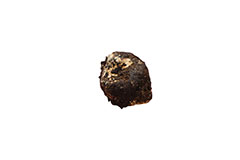
PENNSYLVANIA

PENNSYLVANIA: Archaeologists recovered musket balls and other artifacts at Fort Necessity National Battlefield that were left behind during a brief skirmish on May 24, 1754, which precipitated the outbreak of the French and Indian War. During the battle, British troops were commanded by a young Virginian named George Washington, who led an ambush on a French encampment at Jumonville Glen. Although the encounter lasted only 15 minutes, it inadvertently sparked the global conflict known as the Seven Years’ War, during which European powers clashed around the world from North America to India.
Related Content

OREGON

OREGON: Rimrock Draw Rockshelter in eastern Oregon may be the earliest known human-occupied site in North America. Manufactured stone tools and fragments of animal teeth were found buried beneath layers of ash from an eruption of Mount Saint Helens that occurred thousands of years ago. Dating of tooth enamel from a now-extinct species of camel indicates that humans inhabited the site more than 18,000 years ago, as much as 2,000 years earlier than they are known to have been at Cooper’s Ferry, Idaho, previously thought to be the earliest inhabited site.


